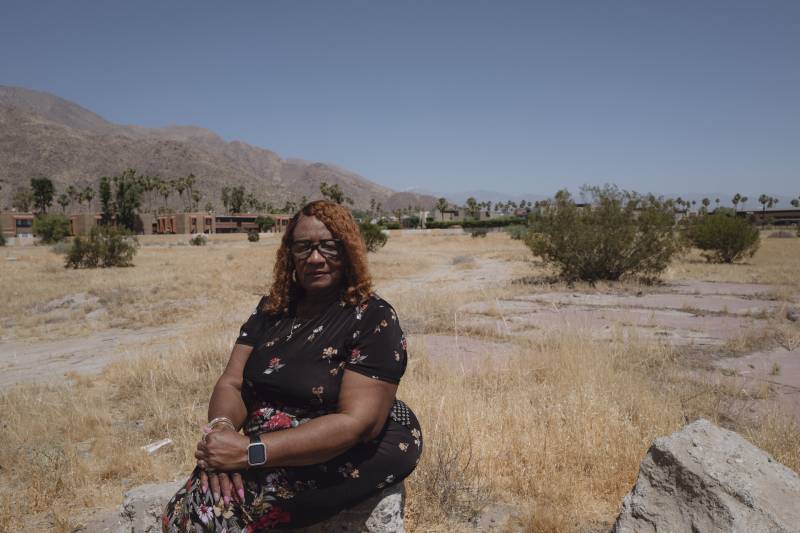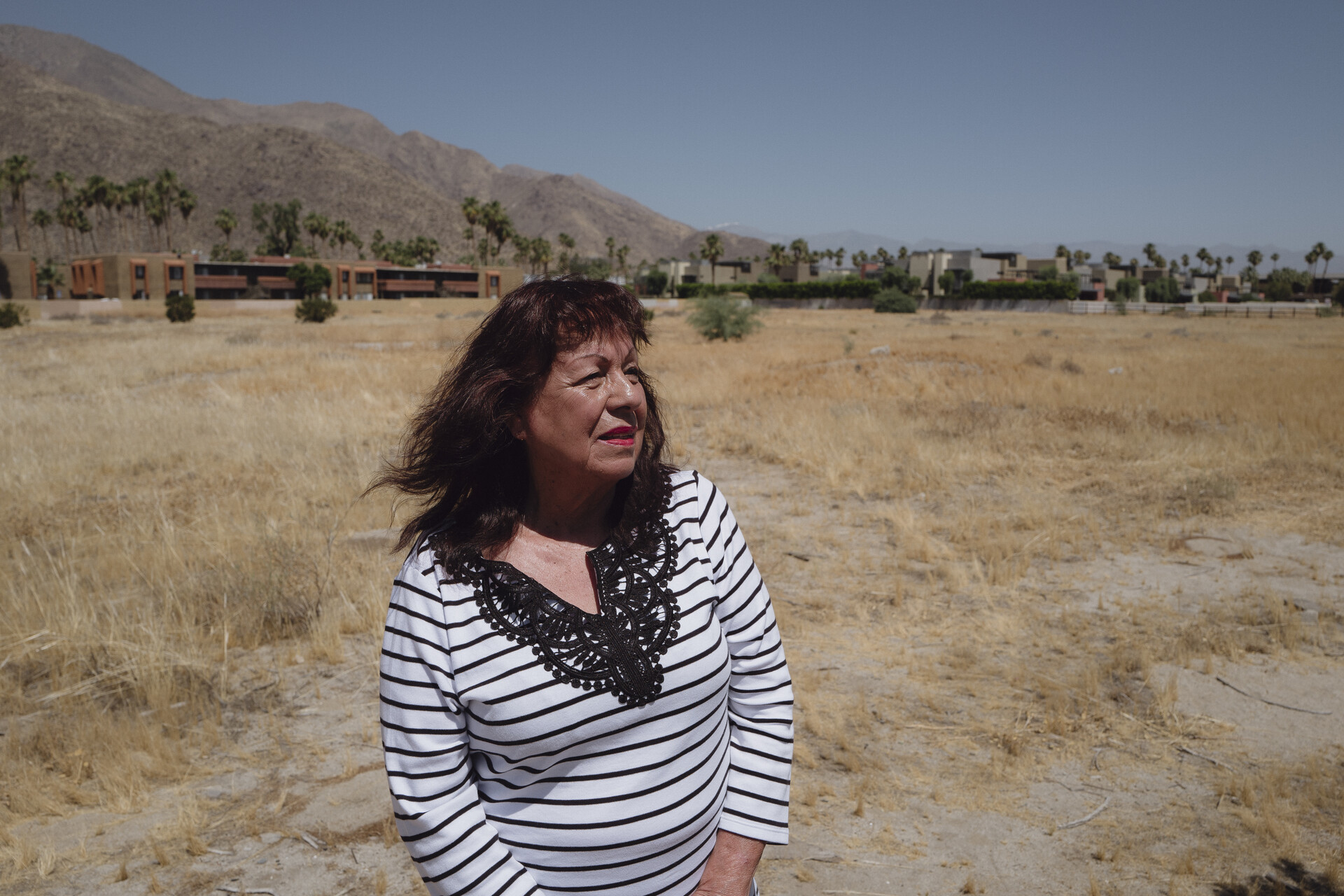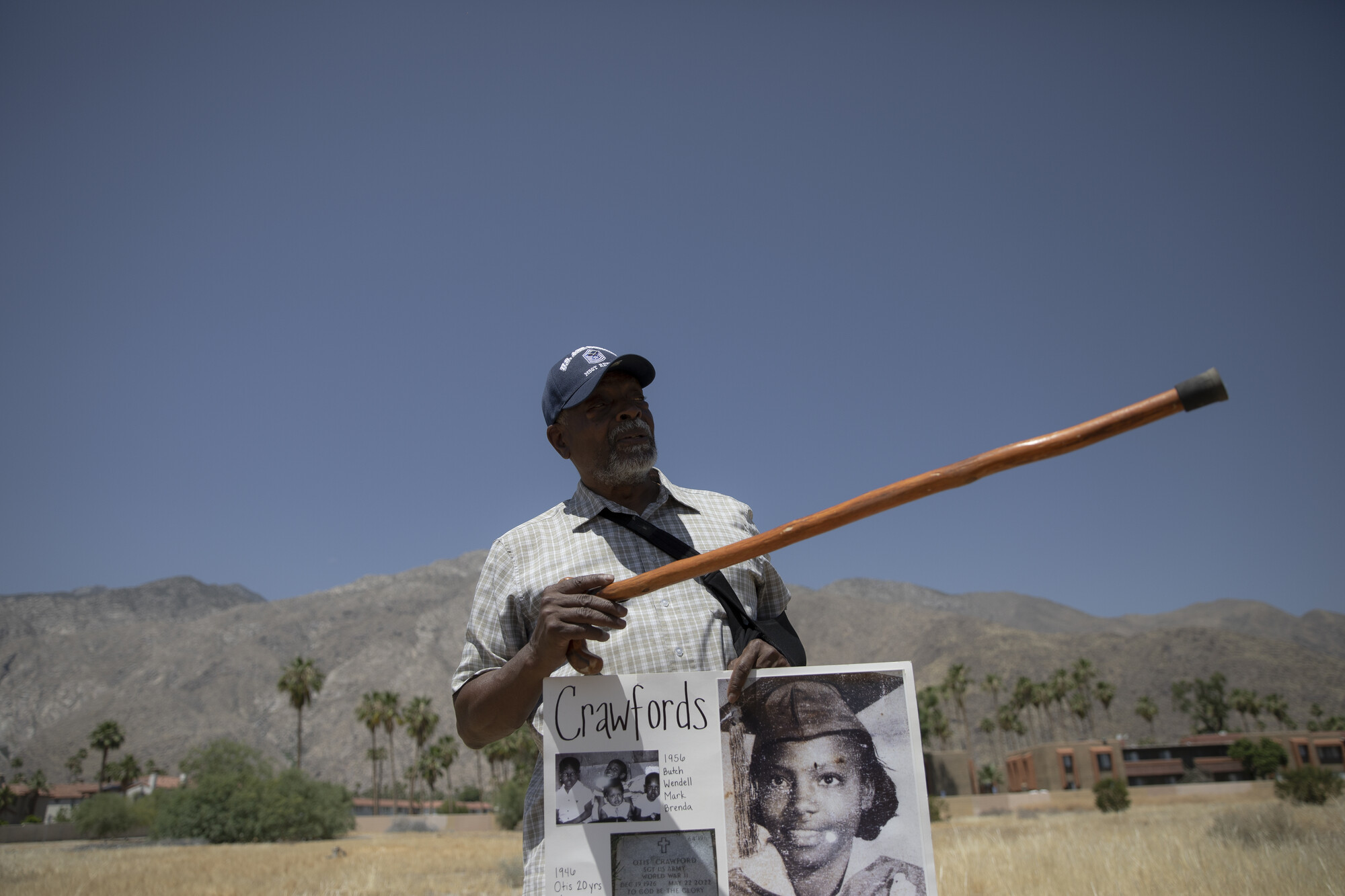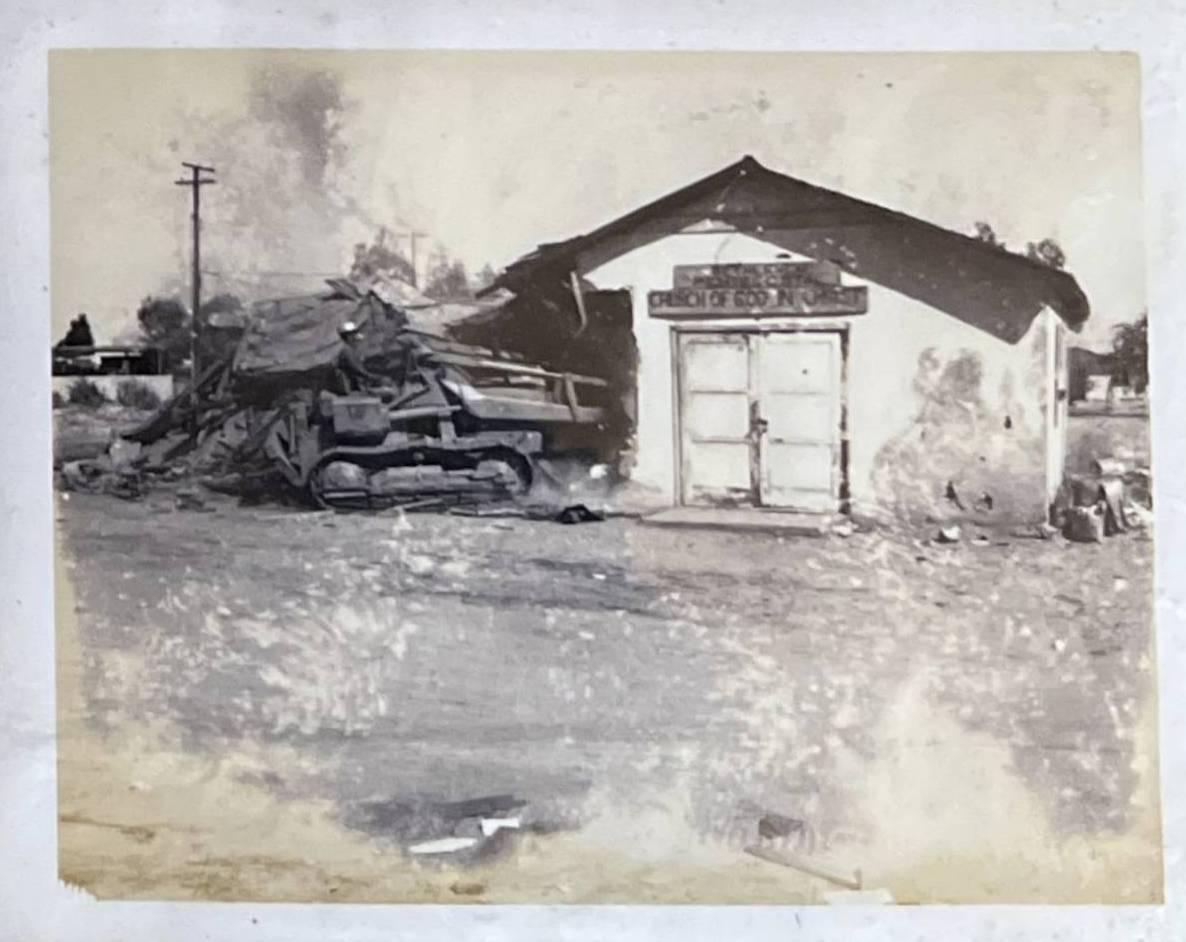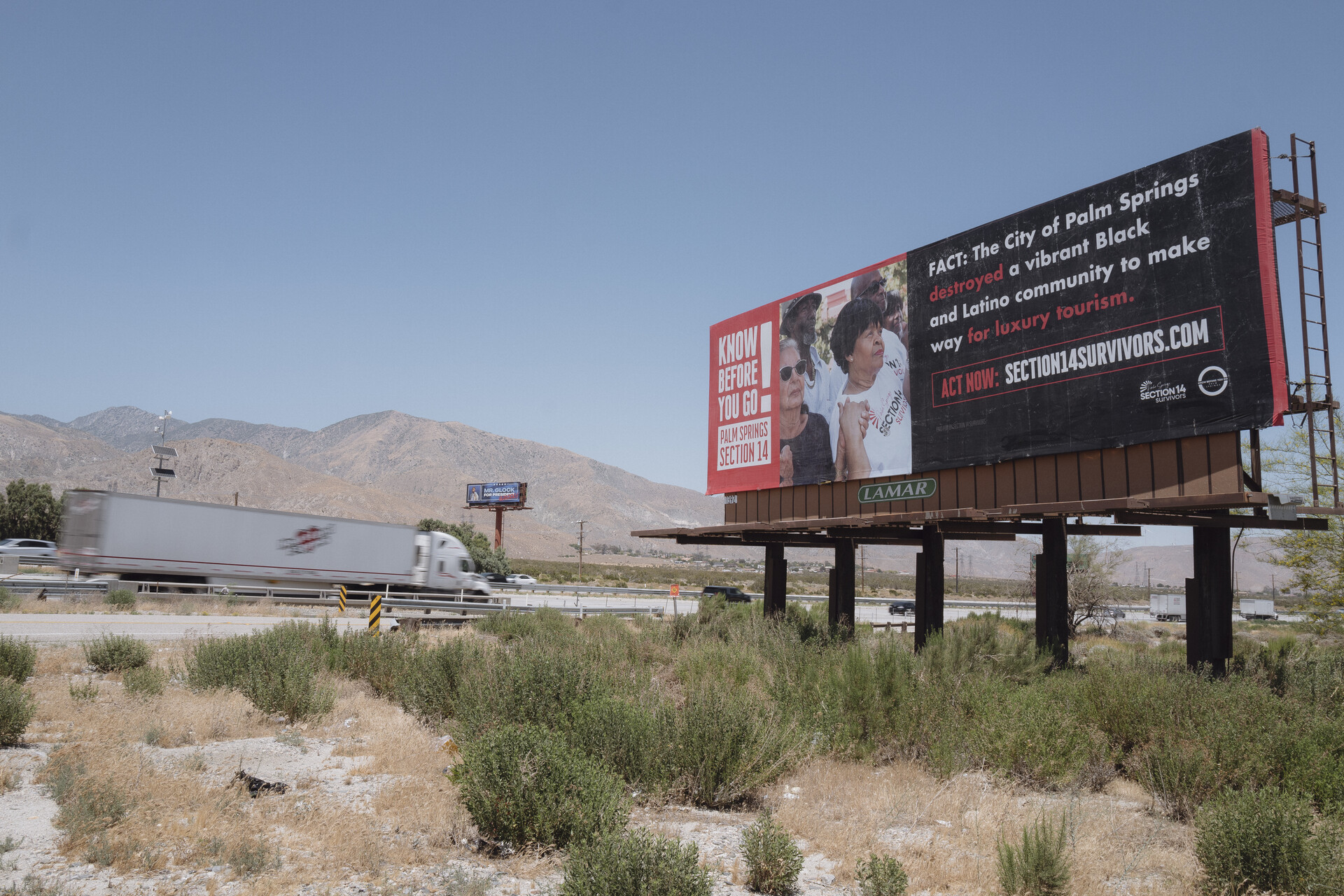In a historic move, the Palm Springs City Council voted unanimously Thursday night to approve a settlement offer for the surviving former residents and descendants of a Black and Latino neighborhood that the city burned to the ground 60 years ago to make way for commercial development.
The settlement includes $5.9 million in direct cash payments to an estimated 1,200 people. It also includes a commitment from the city to explore naming a community park and to establish a cultural healing center and a public monument to honor the legacy of the former residents.
The City Council also added a resolution to the settlement, creating a day of remembrance to honor the Section 14 survivors and descendants, a call that was made by several public commenters.
“You cannot fix things that happened in the past. But what you do going forward is, as or more important,” Mayor Jeffrey Bernstein said at the meeting on Thursday night.
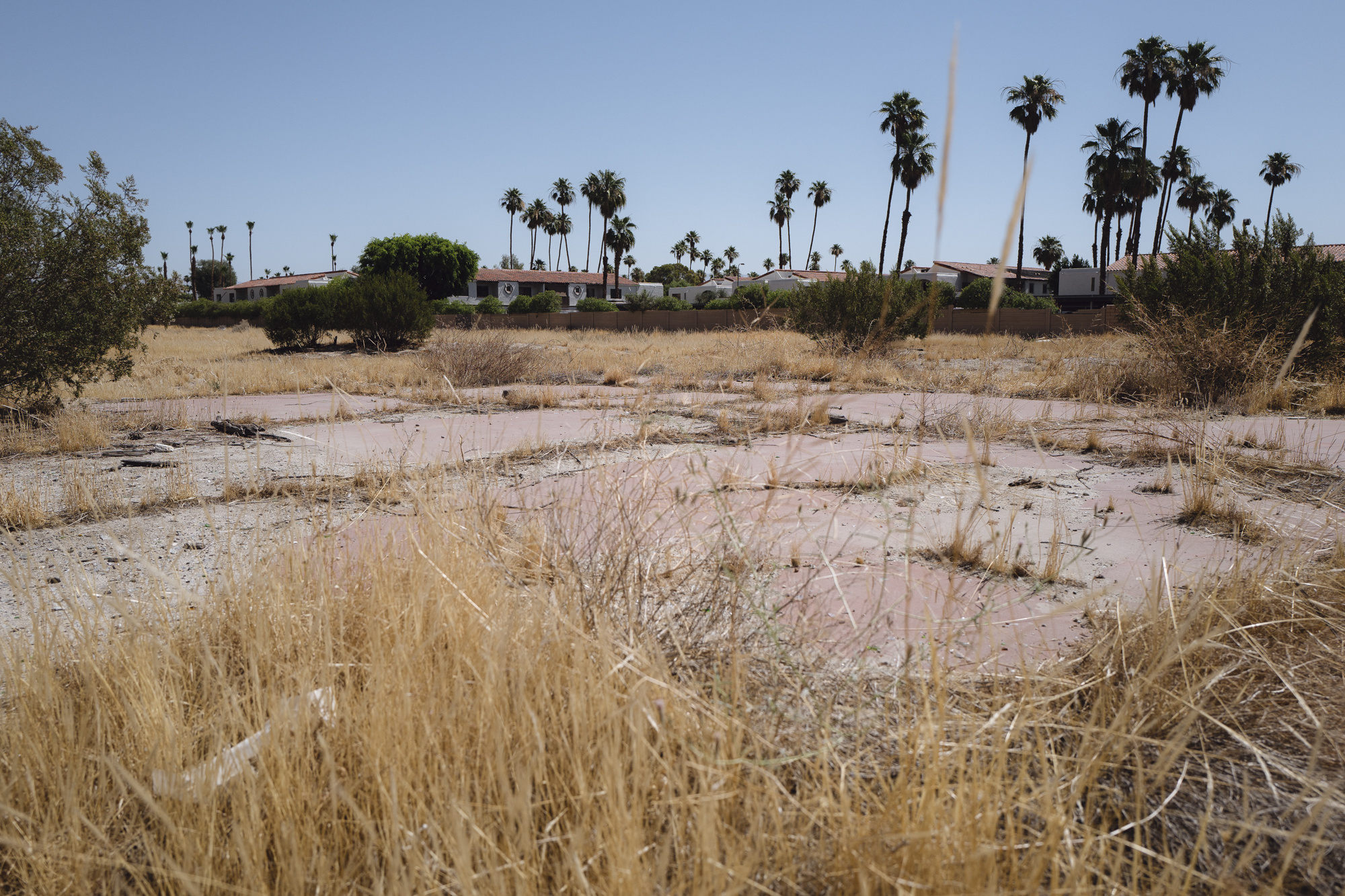
The former residents and descendants of the neighborhood, known as Section 14, near the city’s downtown, accepted the settlement agreement.
“This agreement demonstrates that it’s never too late to acknowledge past wrongs and take meaningful steps toward justice,” said Areva Martin, lead counsel for the group.
The City Council also approved $21 million in housing and economic development programs to address the city’s past discrimination against its Black and Latino residents. That includes $10 million for a first-time homebuyer assistance program and $10 million to establish a community land trust. Both programs will prioritize doing outreach to families that formerly lived in the Section 14 community.
